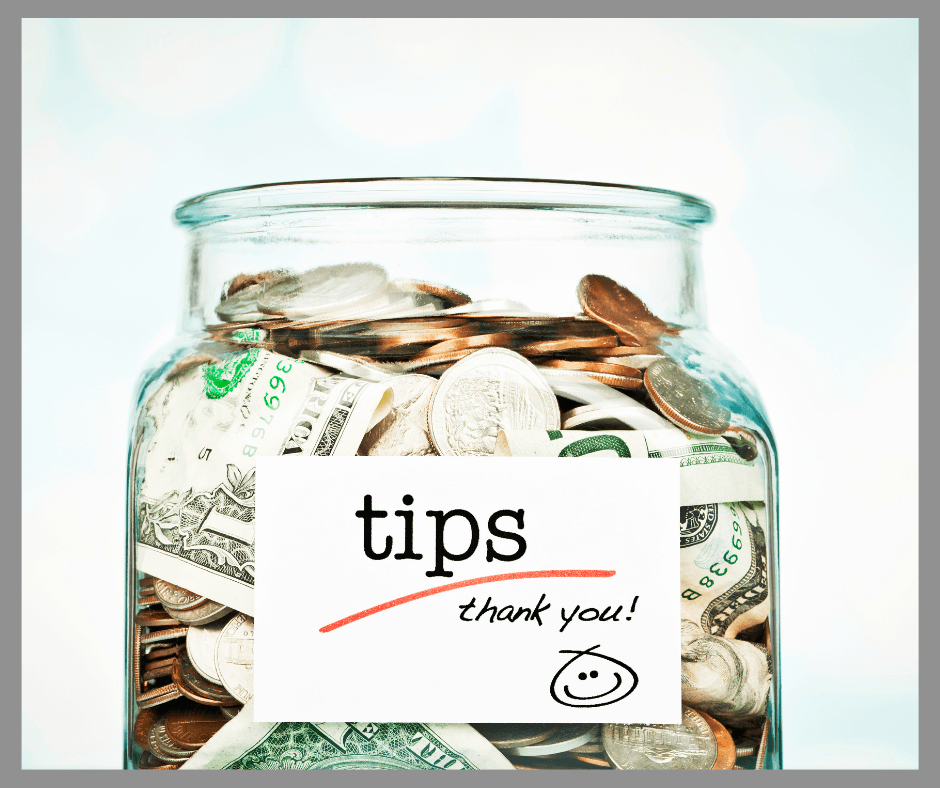Have you ever been in a situation where you are unsure if, when, and how much, you are expected to tip?
Just a few weeks ago, while browsing at the mall, a cute gadget caught my eye and I proceeded to the counter to pay for the merchandise.
After running my card, a tip screen was presented.
Wait, what? I was in a retail store where no special or extra service was requested or given. Was tipping in a retail store something new about which I was unaware?
Caught off guard, I added a tip and made a mental note to do a search and see if retail tipping was becoming a new social norm.
Turns out that yes, tipflation is a thing, and a wide variety of retail stores have added a tipping option.
While I value generosity and want to tip in situations where it is typically expected, I do not want to make tipping an automatic habit, prompted by a screen guilting me in to tipping.
With the ever-changing tipping culture, how is it possible to know when, where, and how much you are expected to tip?
There is a way you can be mentally prepared to know what to do in almost every single tipping situation.
Automatically know when and how much you are willing to tip by having a standard tipping plan.
A standard tipping plan, like a standard gift, is a preplanned method for when, where, and how much you are personally willing to tip in any given situation.
Restaurant diners are almost universally aware that the expected tip amount is fifteen to twenty percent of the bill.
It’s not something about which you need to think each and every time you eat out. It is standard practice.
To come up with a standard tipping plan, consider the situations in which you will, or might be, expected to tip.
Do you want to give a percentage of the bill? Would you prefer to give a flat amount? Maybe it’s a situation where you don’t feel tipping is expected or necessary.
The key is to have a plan, know ahead of time how you want to tip, and stick to it. Don’t let an unexpected screen pop up and guilt you into parting with your money when the situation doesn’t warrant a tip.
How do you decide whether to tip in unexpected situations?
Quickly access the situation and determine if a service was asked for or received above and beyond what is typically provided.
If service was asked for or rendered, consider tipping if the option presents itself.
How much to tip in an unexpected situation will vary.
The higher and more personal the level of service, the higher the resulting tip should be.
Tipping is a great way to show appreciation when someone goes above and beyond to provide special assistance.
A tip does not need to be a high dollar amount in order to be appreciated.
There will be times when you will walk away and instinctively know you should have tipped or tipped more.
It’s ok. Everyone makes mistakes. Learn from them and move on.
Trust me, another tipping opportunity will present itself.
Deciding when, where and how much to tip is an art, not a science.
However, a lot of awkward moments can be avoided by having a standard tipping plan.
TAKE ACTION!!!
Sign up for Micki’s Little Letter and get access to Micki’s Little Library!
Like it? Share it! It’s a little thing that means a lot to me!
